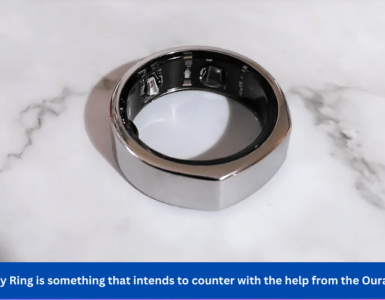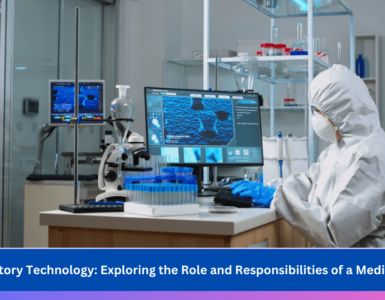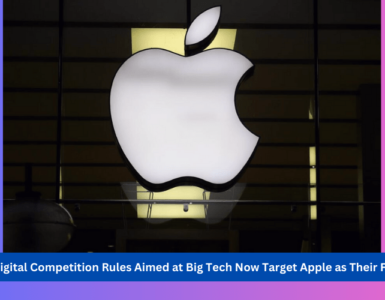Images play a crucial role as evidence in a variety of fields, including digital forensics, legal proceedings, and law enforcement in today’s digital age. In any case, with the progression of innovation, it has become simpler to control and adjust pictures, raising worries about their authenticity and integrity.
Forensic image authentication comes into play in this situation. It is a specialized field that aims to unwind reality by looking at and breaking down computerized pictures for indications of altering or manipulation.
There are important things to keep in mind if you want to do forensic image authentication. In this blog post today, we will have a good look at these elements and assist you with exploring the intricacies of this field.
Things to Note When Opting for Forensic Image Authentications
-
Understand the Fundamentals of Digital Images
It is essential to have a solid understanding of the fundamentals of digital images in order to engage in forensic image authentication. Learn about concepts like pixels, resolution, color spaces, metadata, compression algorithms, and other related terms. Understanding how images are captured, stored, and manipulated is based on this knowledge. It lets you find oddities or inconsistencies that could be signs of image tampering.
-
Know the Techniques and Tools Available
Be aware of the available techniques and tools for digital image examination and analysis in forensic image authentication. Get acquainted with the various image authentication methods, including digital watermarking, error-level analysis, pixel-level analysis, and noise analysis.
In addition, understand the software tools ordinarily utilized in this field. Choose the right tools for your analysis by familiarizing yourself with their features and drawbacks.


-
Consider the Legal and Ethical Implications
Forensic image authentication entails legal and ethical obligations. Know the rules and regulations that apply to the use of digital evidence in your jurisdiction. Know about security regulations and guidelines while dealing with sensitive or personally identifiable information.
In order to guarantee that your work is carried out in an impartial and unbiased manner, adhere to professional ethics. Your findings will be more credible and admissible in court if you are aware of their ethical and legal implications.
-
Assess the Image Acquisition Process
The authenticity and integrity of a picture vigorously rely upon the picture acquisition process. Verify that the image has been appropriately acquired, preserved, and protected from tampering by evaluating the chain of custody.
Take into consideration things like the camera used, the settings used during the capture, and any possible post-processing steps. Assessing the image acquisition process helps you determine the image’s reliability and gives you context for your forensic investigation.
-
Verify the Source and Integrity of the Image
Prior to taking part in forensic authentication, check the source and integrity of the picture. Verify that the image has not been altered or manipulated prior to your possession and determine where it came from. Utilize digital signatures or checksums to confirm the file’s integrity.
If conceivable, get the original, unedited version of the image to compare against the suspect image. This confirmation cycle lays out a strong starting point for your scientific examination.
-
Utilize a Scientific and Systematic Approach
Accurate and reliable results from forensic image authentication necessitate a scientific and methodical approach. Describe your method for analysis, including the settings, tools, and methods used. Keep a record of your observations, results, and any restrictions you ran into during the analysis.
Maintain a straightforward and well-organized workflow that can be replicated and, if necessary, reviewed by peers or other experts. Your forensic analysis will be more reliable and credible if it is carried out in a methodical and scientific manner.
-
Stay Updated with Advancements in Technology
Innovation is continually advancing, and new methods and tools for image manipulation might arise. Keep up to date on the most recent developments in digital image forensics. Participate in forensic community events like conferences and workshops as well as online forums.
Read research papers and publications to extend your insight and abilities. You can effectively address new challenges and improve the accuracy of your forensic image authentication by staying current.
-
Collaborate and Look for Expertise
Since forensic image authentication can be complicated, it can be helpful to work with experts in the field. Seek advice from seasoned researchers or forensic analysts. To gain insights from a variety of perspectives, collaborate with other professionals like photographers, image analysts, or software developers.
Your proficiency and comprehension of forensic image authentication are enhanced by participating in peer-to-peer discussions and sharing of knowledge.
In conclusion
Forensic image authentication is an interesting field that requires a strong comprehension of digital images, techniques, and tools. You can navigate the complexities of forensic image authentication and contribute to the unraveling of digital evidence.
By understanding the fundamentals of digital images, knowing the techniques and tools that are available, considering legal and ethical implications, evaluating the image acquisition process, verifying the source and integrity of the image, employing a scientific approach, remaining up to date on advancements, and working with experts. Therefore, accept the challenge and set out on a journey to discover digital image authenticity.






